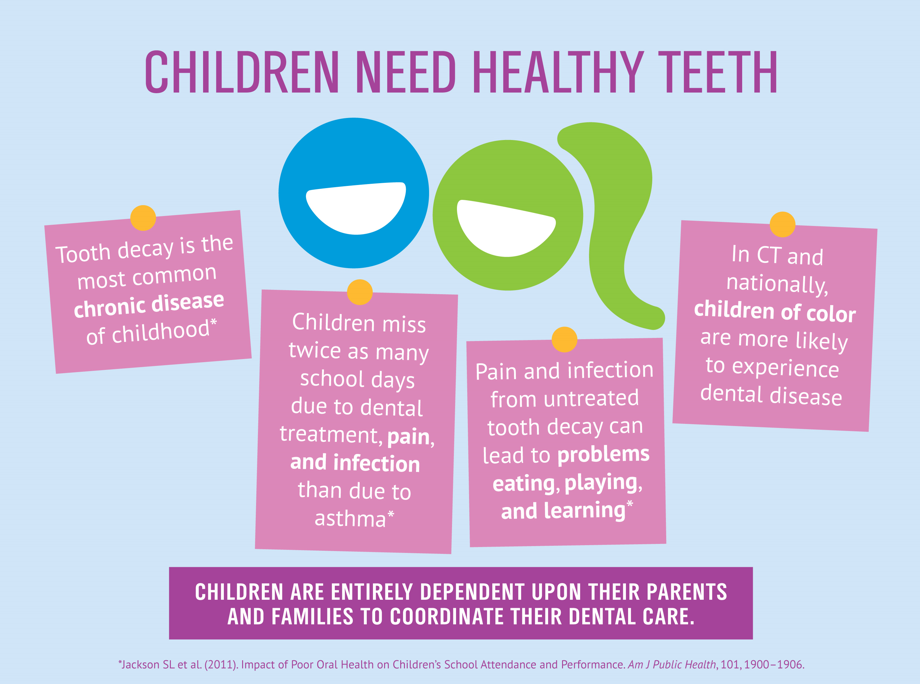The Ultimate Guide To Handling Dental Emergencies: Emergency Situation Dental Professional Version
The Ultimate Guide To Handling Dental Emergencies: Emergency Situation Dental Professional Version
Blog Article
Short Article Writer-Craft Laugesen
When confronted with an abrupt oral emergency situation, the last thing you intend to do is panic. Imagine having the understanding and devices at your fingertips to manage the situation with self-confidence and composure. From knowing exactly how to offer instant alleviation to locating the appropriate emergency situation dental expert promptly, being prepared can make all the distinction in a crisis. Stay tuned to discover the important actions and professional ideas that will equip you to browse oral emergency situations properly.
Identifying Common Oral Emergencies
Recognize usual dental emergencies by understanding the symptoms and signs that suggest immediate care is required. Severe toothaches that are persistent and throbbing could be a sign of an underlying concern like an abscess or infection.
Swelling of the face or periodontals accompanied by pain might additionally suggest a major issue. If you experience hemorrhaging from the mouth that doesn't stop, maybe an oral emergency situation needing prompt focus.
Injuries to the mouth resulting in a broken, broken, or knocked-out tooth are additionally situations where urgent dental care is necessary.
Other usual oral emergency situations consist of a lost filling or crown, triggering pain and sensitivity. Overlooking these indications might lead to additional difficulties, so seeking punctual treatment is vital.
Immediate Emergency Treatment for Dental Injuries
In cases of oral injuries, supplying instant first aid can help minimize pain and prevent additional issues. If you experience a knocked-out tooth, manage it by the crown (top part) and carefully rinse off any kind of dust with water. Attempt to return the tooth back into the outlet, or if that's not possible, store it in a container of milk or saliva up until you can see a dental professional.
For a split or broken tooth, rinse your mouth with warm water and use a cold compress to lower swelling. If you have a tooth pain, wash your mouth with a mixture of warm water and salt to assist alleviate pain. When it comes to a bitten lip or tongue, clean the location gently and apply a chilly compress to decrease swelling.
How to Discover an Emergency Dental Practitioner
When confronted with an oral emergency, recognizing exactly how to promptly locate an emergency dental practitioner can make all the difference in obtaining timely treatment and alleviation. Begin by calling find a dentist by insurance , as they may have emergency hours or be able to refer you to another dental practitioner that can assist.
If it desires hours or you're incapable to reach your dental professional, think about utilizing on the internet resources such as oral organization sites or emergency dental practitioner directory sites. pros and cons of dental implants can offer you with a listing of dental experts in your location who use emergency solutions.
One more option is to contact your local healthcare facility or urgent treatment facility. They commonly have links with emergency situation dental professionals or oral facilities that can aid with urgent dental issues.
In cases of serious discomfort, swelling, or injury, don't think twice to look for instant help from the local emergency room.
Conclusion
To conclude, knowing just how to identify typical dental emergencies and taking immediate first aid actions can make a distinction in the result.
Discovering an emergency situation dental practitioner rapidly is important, whether through contacting your routine dental professional, examining online resources, or connecting to regional healthcare facilities.
Keep in mind, looking for prompt assistance from an emergency clinic for extreme pain or injury is constantly a top priority.
Keep informed and prepared to manage oral emergencies effectively.
